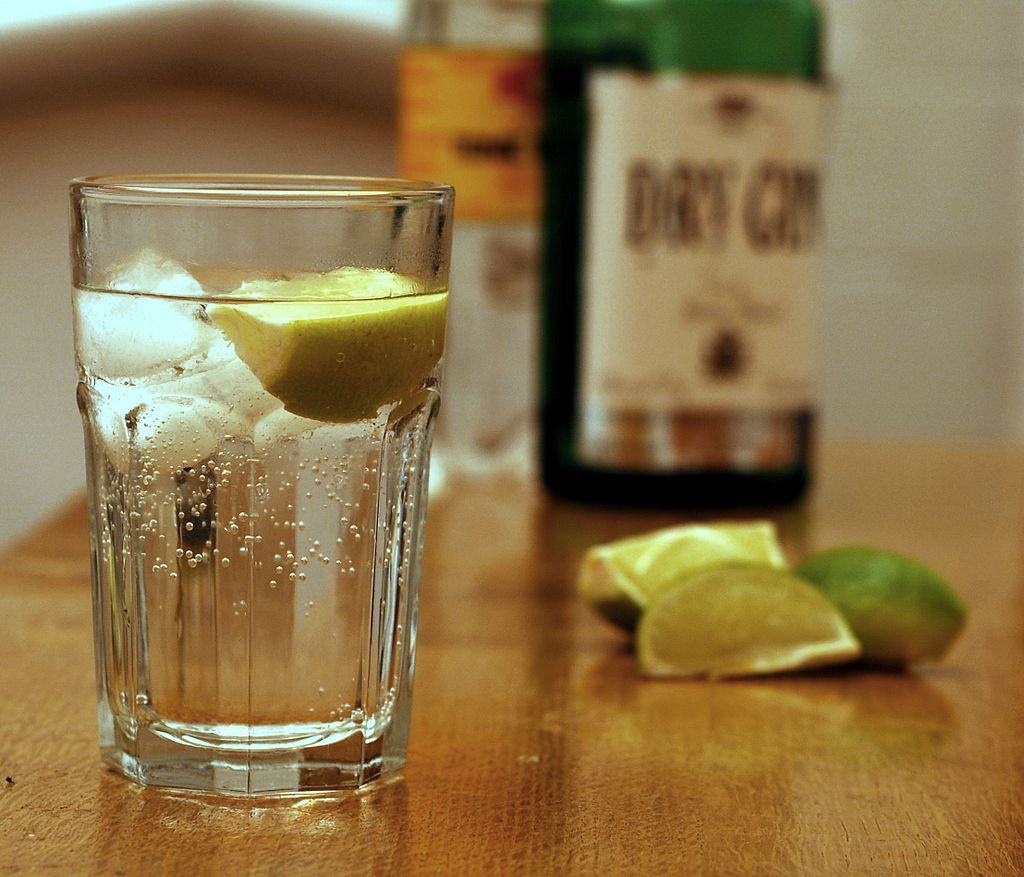Month: April 2020
-
Watching COVID-19: The OC
Orange County decided to open up their beaches on April 25th, so, it’s a good time to take a look at the Orange County COVID-19 website, and start monitoring their stats. If many people were infected with SARS-CoV-2 from going to the beach, it could show up in the new cases they report every day.
-
Recent Studies Look for Actual Spread of SARS-CoV-2 the COVID-19 Virus
This page collects links to stories of surveys and universal tests for SARS-CoV-2.
-
If SHTF
(I wrote this draft a year ago on April 2019.) I don’t think people will be going around trying to steal food from hoarders. People will be looting. Some people will be coordinating BBQ grills to cook all the meat that’s going to spoil. They’ll empty the supermarkets, and distribute the food. They’ll be looting…
-
I Think There’s Under Counting of Covid-19
I took my friend to county general hospital because she had covid-19 symptoms. It looked like covid-19, but they would not give a test. She already had an appointment to get tested at a center tomorrow. They’re rationing tests, saving them for more serious cases. What the fuck? Imagine if someone walked in and was…
-

Gin and Tonic, Imperialism, and COVID-19
Gin and Tonic is a great drink, and if you look into the history, you can see hints of the current fascination with hydroxychloroquine, a malaria drug (and also a lupus drug). The gin was used to make the tonic, quinine, more palatable. It was invented by the British East India Company, one of the…